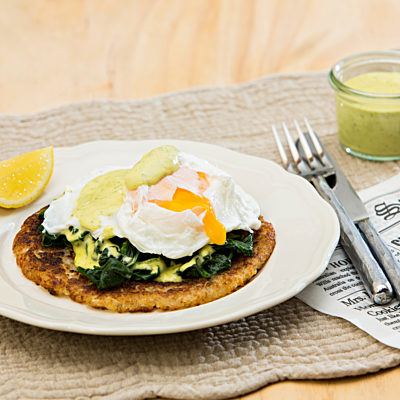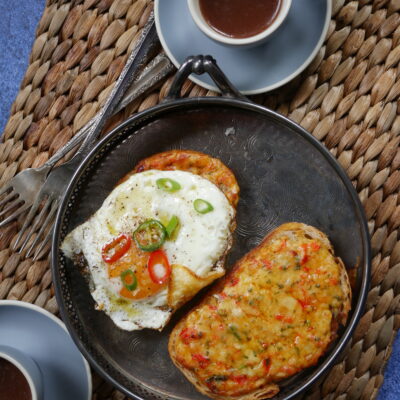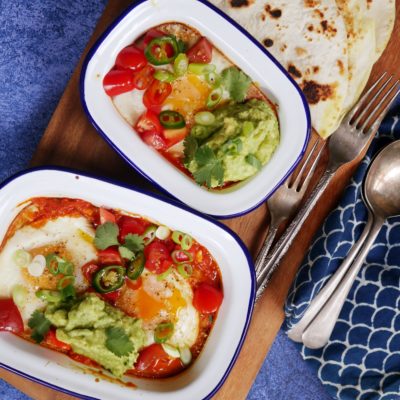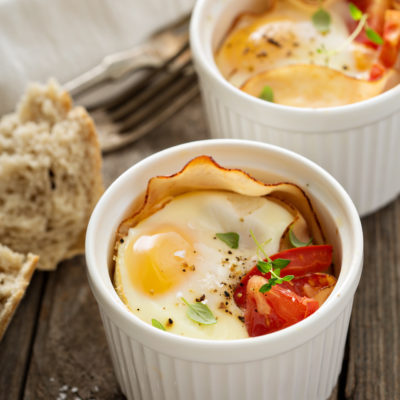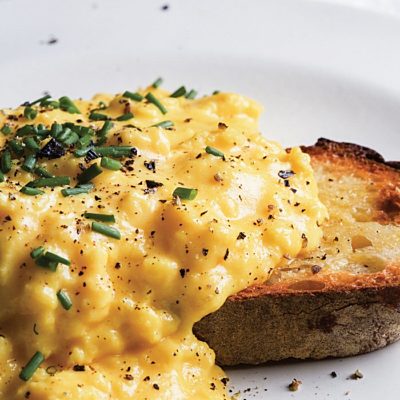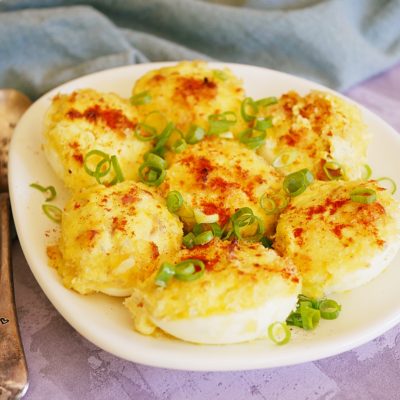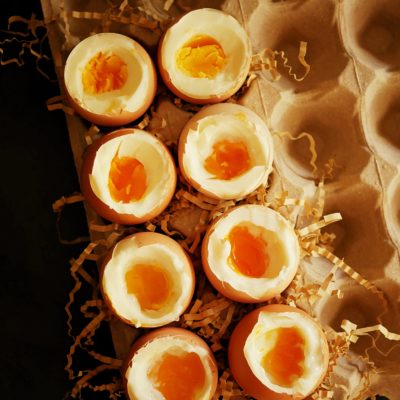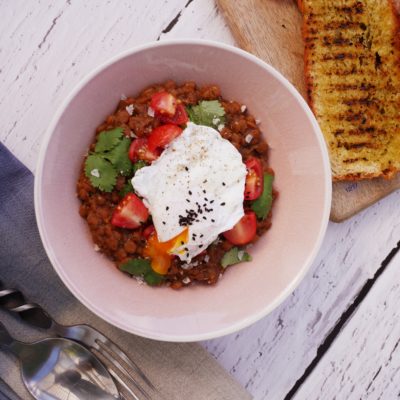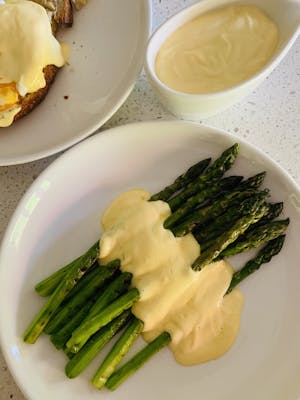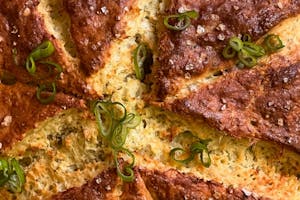Ten Things You Should Know about Eggs!
Ten Things You Should Know about Eggs!
The greatest of all our foods, the egg combines beauty, elegance, and simplicity, a miracle of natural design and as food, bounty. Containing all of the nutrients required to create life, eggs give our bodies a powerful combination of proteins, amino acids, fatty acids, antioxidants, minerals and vitamins, a package unmatched by any other single food. Michael Ruhlman
This article is dedicated to cracking eggs wide open. Learn to master the cooking and use of eggs and you have increased your abilities in the kitchen by a repertoire of ten!
Eggs are an ingredient with superpowers: They’re versatile, adaptable, and transformative, all contained in little unique packages. We love them, but how much do you know about them and what they are capable of?
ONE:
Did you know, for example, that the hue of the eggshell—white, blue, green, or, the most common, brown—is determined by the breed of hen it came from and that you can predict it by the colour of the hen’s earlobe? (No I did not know that until researching this article.)
TWO:
Or that the colour of the yolk varies based on the hens’ diet? (That seems pretty obvious, but if you have your own chooks, you can change the colour of the yolks quite quickly purely through diet.) Typically a diet high in alfalfa will give you darker yolks. You can also give your chickens treats that are high in xanthophyll, such as carrots, apricots, pumpkins, red cabbage, and the leaves of most green plants also help. A more orange yolk doesn't necessarily mean more nutrition for you, but it is an indicator.
THREE:
The best place to store your eggs is not on the side of the refrigerator door, which is the warmest part of your fridge. To extend the lifespan of your eggs, place them on a shelf inside the fridge, where temperatures are cooler. Keeping them in the original carton helps protect them from drying out. If you are not purchasing eggs from your local farmer, the eggs are generally washed before they’re sold, which removes the protective cuticle that would keep them safe at room temperature. I often keep mine on the bench or a few of them at least as I like having them at the right temperature when I need room temperature eggs without waiting!
FOUR: Fresh is always best.
Younger eggs are tighter, with taut whites and tall yolks. Because of this fresh eggs are easier to fry, to poach and to boil—you’re less likely to get nasty coloured rings, lopsided yolks, or flat ends. (Older eggs, however, will be easier to peel.) There is a lot of water in older whites and this can affect a meringue. You will notice it takes longer to aerate the whites if they are older. Leaving them out on the bench in a bowl prior to using them for meringue, will help some of the water evaporate and you will get a better result. (More about this later on.)
FIVE: How to test for freshness
If you come across a mystery egg and you want to know its age, put it in a bowl of water: If it’s buoyant, it’s old (though it’s probably fine to eat and the intense smell will let you know if it isn't!) When in doubt, go to a farmers market, where there are fewer middlemen between you and the hens.
SIX: What can you do with an egg? (What CAN'T you do with an egg?)
Cook them in their shells. We have just discovered the perfect way to cook 'boiled' eggs is not to boil them at all, but to air fry them. Seriously! You can achieve the exact yolk liquidity you wish for simply and exactly with our recipe. (If you haven't checked out the new air fryer book, it may be time for this recipe alone!)
Cooked out of their shells leads to sooo many options. Think fried, baked, poached, (in a liquid or a sauce) scrambled. Think about them as an ingredient, an egg wash to make baked goods glossy, or part of a supreme sauce, in an enriched bread like brioche. Did you separate them or not? Did you use just the whites or just the yolks or did you use them both? Think meringues, egg nog, pastry The list is literally endless.
SEVEN: There are many ways to fry an egg!
- If you’re craving spice: Coat the bottom of a pan with olive oil and set over medium-high. When oil is warm, add ground or crushed spices—paprika, turmeric, black pepper—and crack in eggs. Spoon the infused oil over the whites, avoiding yolks, until cooked.
- If you want toast but only have crumbs: Inspired by a famous Zuni Café dish. Toast fresh breadcrumbs in plenty of Pepe Saya butter over medium heat until golden brown, then make a shallow space for your egg and fry it until whites are opaque. Flip it over if you want, then drizzle with a tiny bit of white wine vinegar. Season and serve with baby spinach (I added that bit, as it is how I love an egg!)
- If you need something soft and gentle: Melt 1 tbsp. unsalted butter over low heat. Crack in an egg, cover the pan, and wait for the whites to set, the yolk to cloud over, and the butter to brown slightly, about 3 minutes. Slide egg and drippings onto a bowl of rice or noodles or atop avocado toast; drizzle with soy sauce if you like.
- If you live on the edge: Add plenty of olive oil to a nonstick or cast-iron pan, then heat over high until oil shimmers. Crack in an egg, reduce heat to medium-high, and stand back—the egg will sputter. Cook, basting the whites with the pooling oil, until whites are opaque and bottom is crisp and brown, 1–2 minutes.
- If richness is what you seek: Pour a shallow layer of cream into a nonstick frying pan, then crack in as many eggs as will fit. Set the heat over medium-high and wait for the cream to sputter and boil. When the egg whites are nearly set and the cream has bubbled away, remove from heat and cover for 1 minute to finish cooking. These are the BOMB.
EIGHT: Room temperature is not just a suggestion.
Eggs age more in one day at room temperature than in one week in the refrigerator. Sometimes recipes require aged eggs, so that is a thing for sure.
But another thing to consider is that cold eggs, while useful in certain instances, won’t gain as much volume or homogenise as readily, which can result in flat cakes and lumpy, curdled batters. I admit when using the Thermomix to make a recipe using eggs, I quite often get them straight from the fridge. That largely depends on the recipe, and I will usually add heat when mixing to counter balance the coldness of the fridge egg.
For all the best videos
NINE: Whipping the whites is not magic, but there are some tricks.
To read more about meringue whispering, and getting the perfect fluff with your Thermie, head on over HERE.
Last but not least, TEN: We use large eggs in all of our recipes. In fact one day recently we were making choux pastry, and had jumbo eggs. Guess what? A fail. Those eggs were weigh too big ~ get it?
Jumbo eggs generally are around 71g.
XL eggs come in at around 64g.
Large are 56-60g.
Medium are around 50g and anything smaller than that should be left with its mother to grow up!
So stick to large or XL eggs when you are making our recipes for more cake to your cake, more fluff to your meringue and save the jumbos for your egg breakfast. Very often if a precise amount of egg white or eggs is required, we will use a weight measurement, which will always work!
More from Thermomix and Cooking Tips

Tenina Holder
Tenina Holder is a wife, mother of five and grandmother of eight, who started cooking in the olden days before Thermomix was even a thing.
Tenina has become the premium go to source for all Thermomix expertise and of course fresh and easy recipes that work. Her cooking classes and foodie trips are sold out in literally hours, her cookbooks appear on the Australian best seller lists and her social reach is in the millions. Her Insider Club is the most fun you can have with a Thermomix and you really should join her! She believes chocolate, butter and salt are health foods. Her food positivity mantra is, eat everything, just not all at once!

